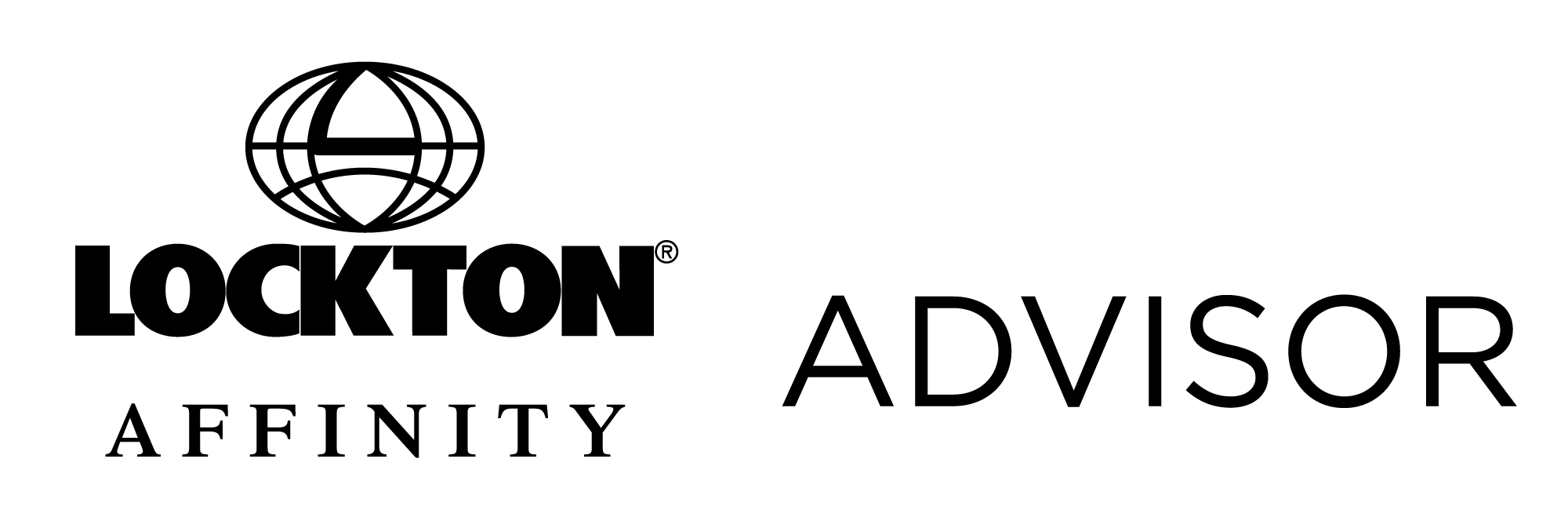Large class-action excessive fee lawsuits were once rare and targeted big firms with billions of assets under management. Now, these lawsuits have taken aim at small-firm fiduciaries managing all types of plans.
Litigation is extremely complex and costly with personal assets put at risk. Settlements have the possibility to amount to millions of dollars, which has left the insurance market under pressure.
Excessive fee lawsuits overview
The first cases of these lawsuits emerged around 2006, targeting 401(k) plans with tens of thousands of participants and billions of dollars in plan assets. The trend accelerated again after the 2008 recession. With the losses sustained in 2020, it is probable another round of suits may be filed. Recent suits have targeted:
- 403(b) plans, multiple employer plans, defined benefit pension plans and even ERISA-exempt plans.
- Plan sponsors including publicly traded companies, privately held companies, universities, nonprofit organizations, financial institutions and healthcare systems.
- Plans of all sizes including those with fewer than 1,000 participants and less than $100 million in assets.
Claims are thought to be more common now because law firms not previously specializing in ERISA litigation are able to model “cookie cutter” lawsuits based on the successes of more experienced firms.
If a claim can survive a motion to dismiss, costs soar exponentially to defend yourself. This leads many to settle, even if you’ve done nothing wrong.
Impact on the insurance market
Until recently, most insurance companies have defended the plan sponsors and fiduciaries in excessive fee lawsuits and have paid well over $1 billion in settlements.
In fact, fiduciary insurance has often been added to liability insurance packages with directors and officer’s insurance, employment practices liability insurance and crime coverage. As the lowest premium policy in the package, fiduciary insurance sometimes considered a “throw in” to make the expensive D&O package more appealing.
However, as excessive fee lawsuits increase in frequency and severity, many insurance companies are viewing contribution plans as uninsurable and are acting to limit their exposure on fiduciary insurance by:
- Reducing limits
- Raising premiums
- Limiting excessive fee retentions
- Adding sublimits for excessive fee or class action exposures
- Adding excessive fee related questions to their applications to reduce coverage
Many insurance carriers believe the risk of an excessive fee claim cannot be eliminated by due diligence and risk management tactics, especially as courts are allowing the smallest difference in proposed benchmarks to drive potential damages.
Lockton Affinity Advisor Difference
Despite these marketplace disruptions, Lockton Affinity Advisor remains steadfast in protecting advisors like you.
Our Errors and Omissions Insurance includes fiduciary liability coverage automatically. This coverage meets ERISA standards and ensures any fiduciary duties you perform are covered. Our policy also has individual limits, so you will always have access to your full policy limits.
Protect yourself against the risks of fiduciary duties. Learn more today.

